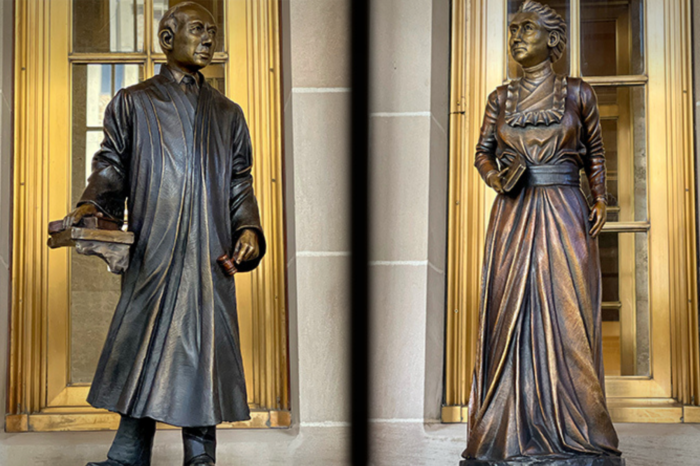Surprising Bright Spot for Cost of Medicine: Defying Historic Inflation

During the pandemic, we witnessed American medical innovation and leadership in action. The discovery of lifesaving COVID-19 vaccines and therapeutics unleashed new technological breakthroughs that may deliver the cures of tomorrow.
The global pandemic illustrated clearly how innovative medicines and vaccines impact our everyday lives and our society. Yet, despite the tremendous value derived from medical innovation, there is much debate in Washington about the price of medicines.
State of play: Inflation continues to climb at the fastest rate since November 1981, with prices increasing 9.1% on an annual basis in June. Yet, drug prices increased a comparatively low 2.51% over the same time period and only 0.1% from May to June. While some in Congress claim prescription drug prices are contributing to runaway inflation, their claims are wrong, and the numbers tell the truth.
The facts: As the Wall Street Journal editorial board highlighted last week, prescription drug prices are rising at a slower rate than many other items. The editorial board notes:
“The same drug prices that are the target of so much Washington denunciation rose a mere 0.1% last month. This is not a one-time event. Drug prices are up a mere 2.5% over the past year. This is notably less than the increase in non-prescription drug prices, which grew 1.2% in June and 4.7% in the last year.”
Yes, and: While medicines have long been portrayed as the culprit for the cost of healthcare in U.S., prescription drugs account for only 14% of U.S. healthcare spending. This percentage of spending is less than that of other developed economies, including Germany, Japan, and South Korea.
What’s more, a recent Congressional Budget Office report found that costs for Medicare Part D drug benefits actually decreased between 2018 and 2009, further debunking claims about the runaway cost of U.S. prescription drugs.
What’s happening? Some in Congress want the government to impose price controls on the innovative medicines that are helping treat those with previously untreatable illnesses. Democrats are preparing to enact this misguided policy on a party-line vote through a process called “reconciliation,” which avoids the usual rules for deliberation and approval.
Who pays the price? Patients pay the price when their access to existing innovative therapies and new breakthrough treatments – or even a cure – is delayed or denied. As the world leader in biopharmaceutical innovation, American patients have primary and extensive access to new lifesaving treatments and cures. Price controls could limit this access, forcing U.S. patients to wait in line for new medicines just as those patients in other developed nations which utilize price controls, including Germany, the UK, and Korea.
What else is at stake: The misguided rhetoric about the price of prescription drugs will have a real impact on American jobs, investment in innovation, and the health of the U.S. economy.
Families and small businesses across the country are feeling the real impact of inflation, forcing them to tighten their purse strings and budgets. Misguided proposals to control the price of prescription drugs won’t stop prices from rising across other segments of the economy. But they will jeopardize our fragile economic growth.
The bottom line: We urge policymakers to consider the facts and work with the business community to develop commonsense policy solutions that lower costs for patients at the pharmacy counter while also preserving America’s leadership in biopharmaceutical innovation.
Story by Kelly Anderson, U.S. Chamber of Commerce
Kelly Anderson is the Chamber’s Senior Director of Health and Drug Policy at the Global Innovation Policy Center.


